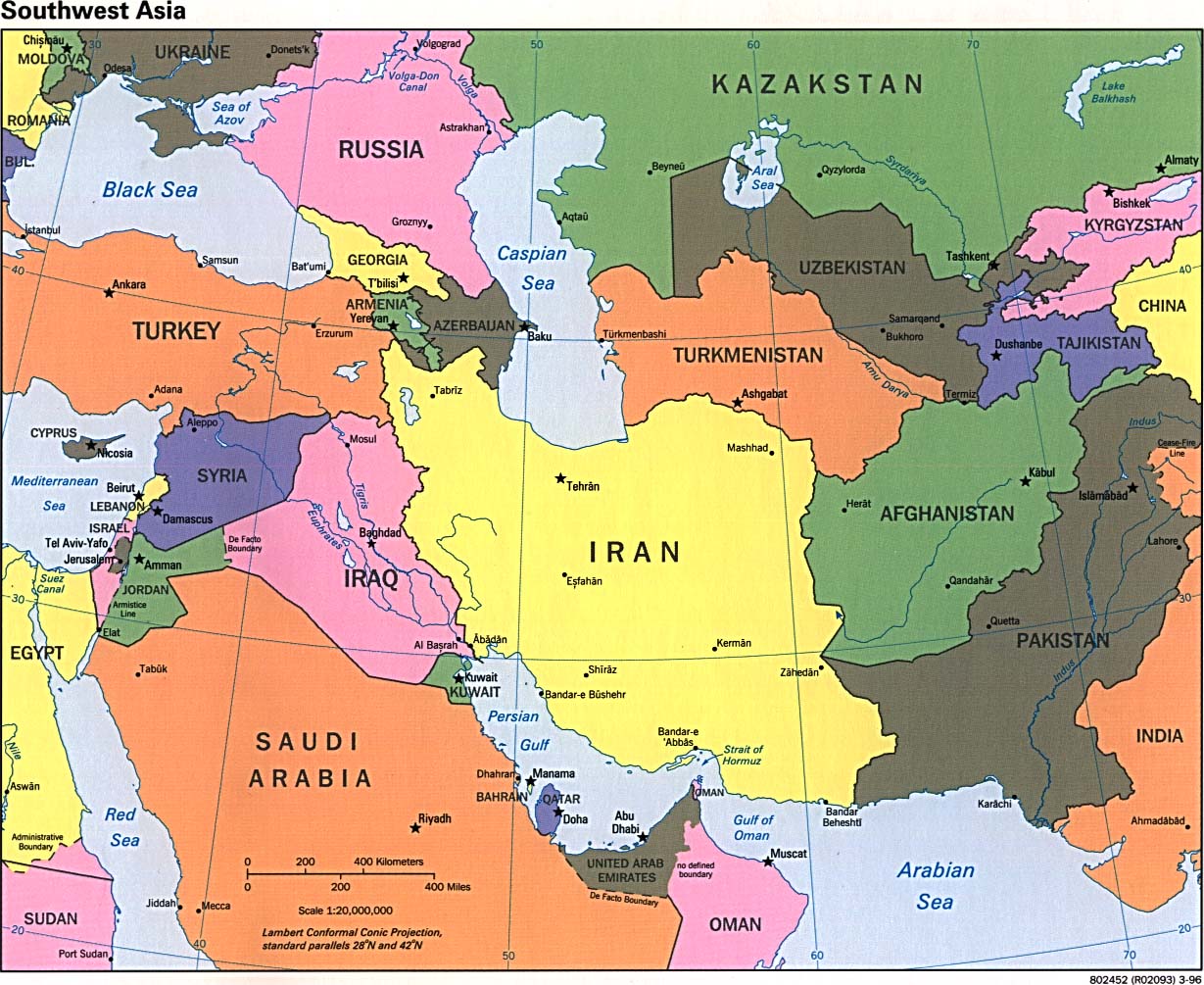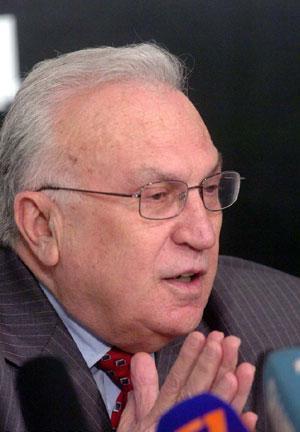 By Edmond Y. Azadian
By Edmond Y. Azadian
An exhibition opened on October 17 at the National Museum of Tehran to celebrate historic and cultural relations between Armenia and Iran since time immemorial. The show is called “Iran and Armenia: Memory of a Realm.” The exhibition will run through January 17, 2018 and features 100 ancient artifacts from Armenia and 200 from Iran.
Archeological excavations date back 5,000 years into history of the close relations between the two nations. The current exhibition focuses mostly on the Bronze and Iron Ages, when the Urartian civilization flourished around Lake Van.
Armen Amirian, minister of culture of Armenia, joined hands with Ali Asghar Mounesan, director of Iran’s Cultural Heritage to cut the ribbon at the exhibit’s opening. On this occasion, Mounesan outlined Iran’s policy towards its neighbors: “The message of peace and friendship that the Iranian government pursues as its cultural diplomacy.”
Relations between the two nations have been more friendly than not over the centuries, except perhaps during the Vartanants War (451 AD), when Armenians fought to preserve their newly-found Christian faith. During the reign of the Shah of Iran, the Armenian community there enjoyed a privileged position and prospered. Contrary to the big guns of news media to vilify Iran, Armenians remained a respected minority and the Iranian government took special care of Armenian monuments, churches and institutions, unlike neighboring Turkey.
Perhaps the most significant era of relations between Armenia and Iran was during the reign of Shah Abbas (1571-1629), the strongest ruler of the Safavid Dynasty in Persia.








